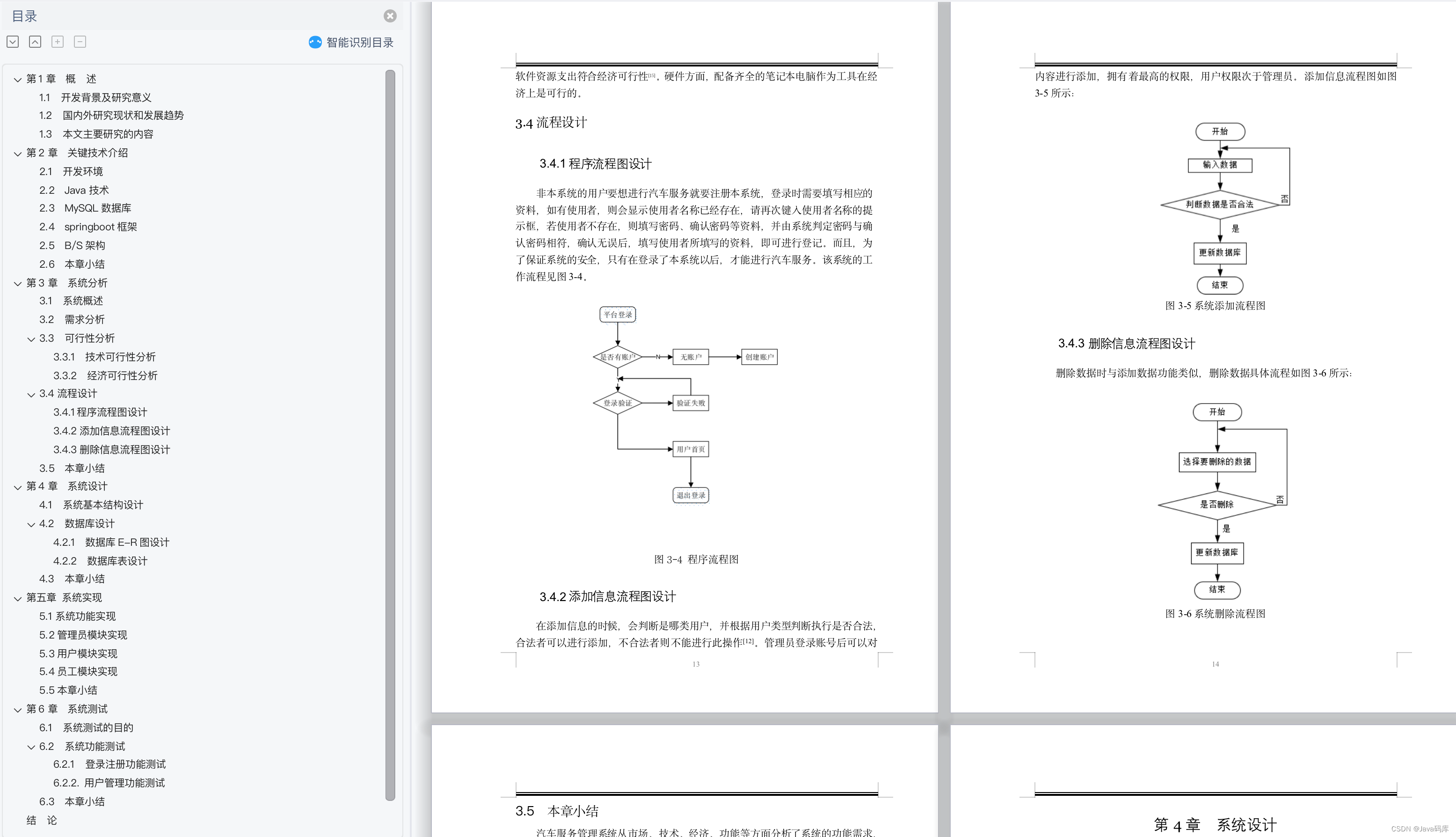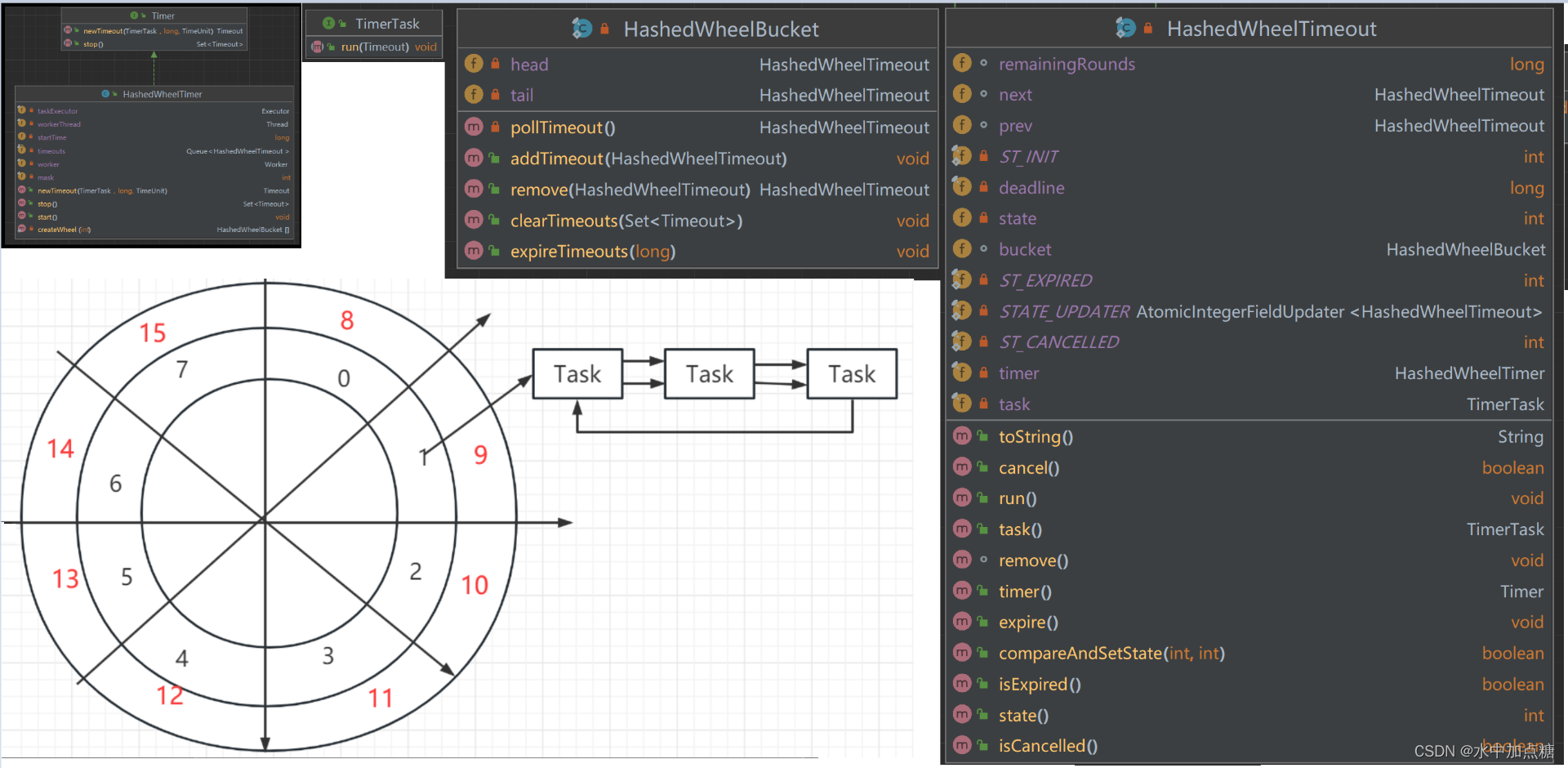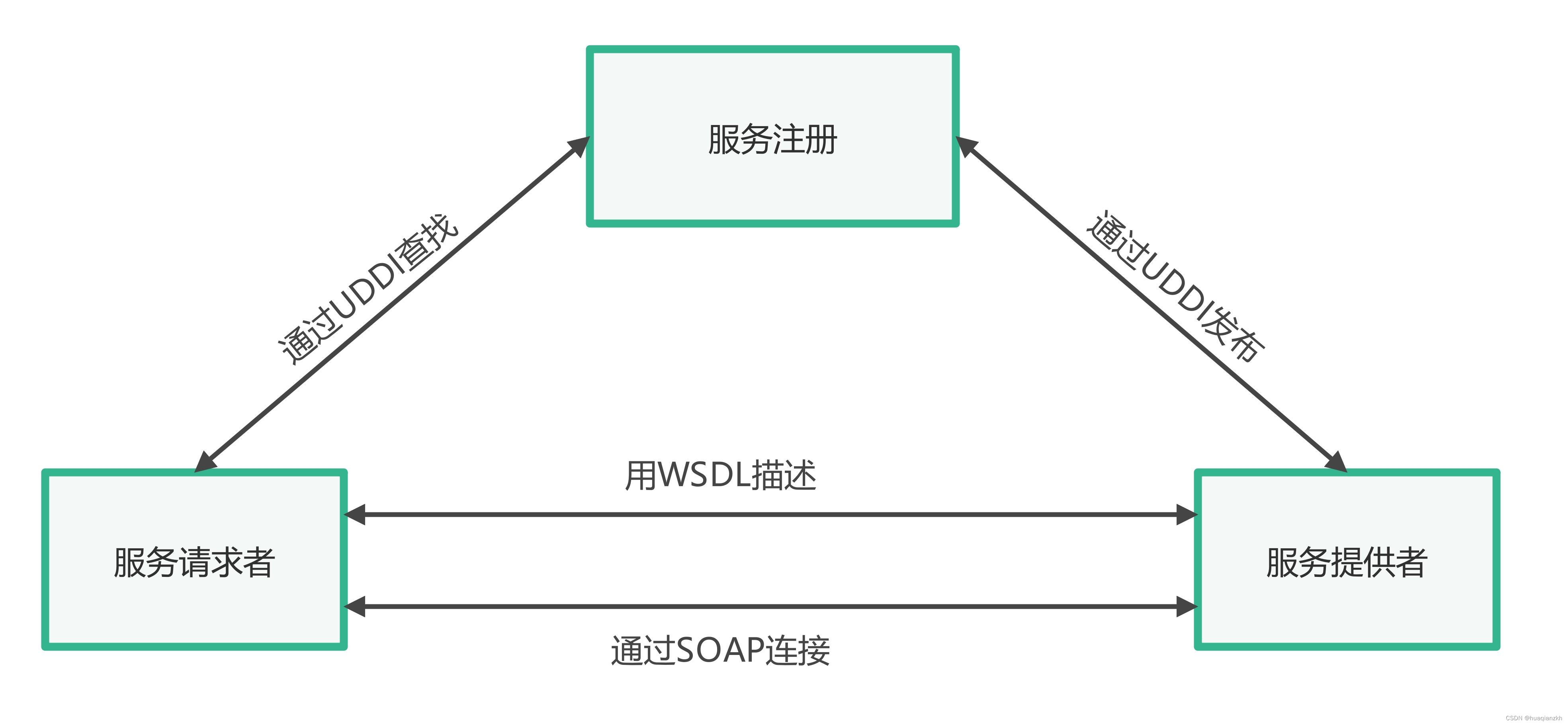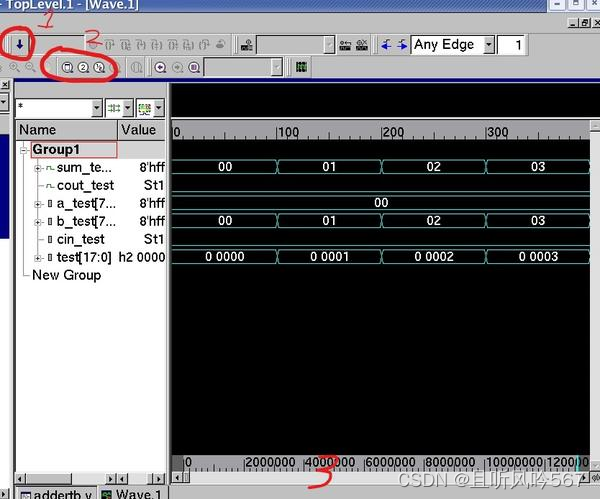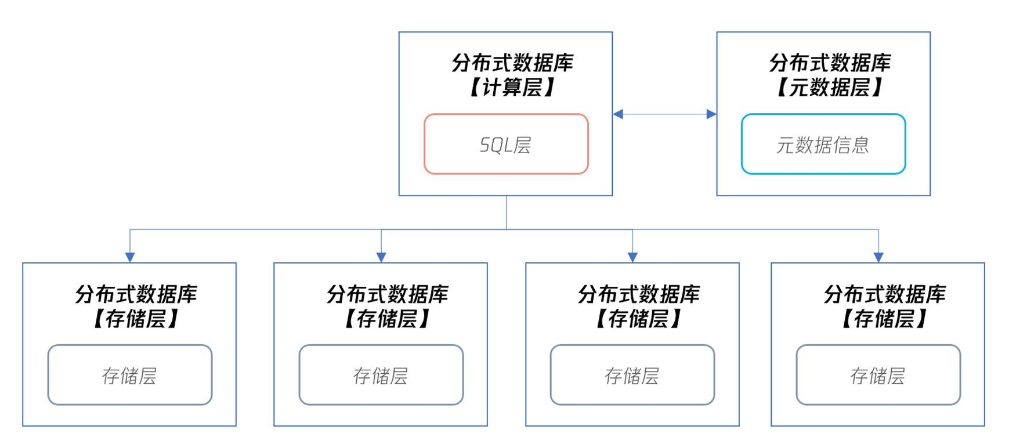
文章目录
- 引言
- 1. 错误详解
- 2. 常见的出错场景
- 2.1 直接访问数组越界
- 2.2 循环中的索引错误
- 2.3 多维数组的错误访问
- 3. 解决方案
- 3.1 检查数组长度
- 3.2 正确使用循环
- 3.3 多维数组的正确访问
- 4. 预防措施
- 4.1 使用增强型 for 循环
- 4.2 编写防御性代码
- 4.3 单元测试
- 结语
引言
在Java编程中,ArrayIndexOutOfBoundsException 是一种常见的运行时异常,通常发生在试图访问数组中不存在的索引时。这类错误提示为:“ArrayIndexOutOfBoundsException: Index X out of bounds for length Y”,意味着你尝试访问的索引超出了数组的长度范围。本文将详细探讨ArrayIndexOutOfBoundsException的成因、解决方案以及预防措施,帮助开发者理解和避免此类问题,从而提高代码的健壮性和可靠性。
1. 错误详解
ArrayIndexOutOfBoundsException 是一种由 Java 运行时环境抛出的异常,表示程序尝试访问数组中的一个非法索引。这通常发生在数组访问和循环操作中。
2. 常见的出错场景
2.1 直接访问数组越界
最常见的情况是直接访问数组中不存在的索引。
public class Main {public static void main(String[] args) {int[] numbers = {1, 2, 3};int value = numbers[3]; // 尝试访问不存在的索引,将抛出ArrayIndexOutOfBoundsException}
}
2.2 循环中的索引错误
在循环中使用错误的索引范围,也可能导致数组越界异常。
public class Main {public static void main(String[] args) {int[] numbers = {1, 2, 3};for (int i = 0; i <= numbers.length; i++) { // 错误的循环条件,i应该小于numbers.lengthSystem.out.println(numbers[i]); // 当i等于3时,将抛出ArrayIndexOutOfBoundsException}}
}
2.3 多维数组的错误访问
多维数组的索引操作如果不正确,也会引发数组越界异常。
public class Main {public static void main(String[] args) {int[][] matrix = {{1, 2, 3},{4, 5, 6}};int value = matrix[1][3]; // 尝试访问不存在的列索引,将抛出ArrayIndexOutOfBoundsException}
}
3. 解决方案
解决ArrayIndexOutOfBoundsException的关键在于确保在访问数组元素之前,索引值始终在合法范围内。
3.1 检查数组长度
在访问数组元素之前,始终检查索引是否在合法范围内。
public class Main {public static void main(String[] args) {int[] numbers = {1, 2, 3};int index = 3;if (index >= 0 && index < numbers.length) {int value = numbers[index];System.out.println(value);} else {System.out.println("索引超出范围");}}
}
3.2 正确使用循环
在使用循环遍历数组时,确保循环条件正确,避免越界。
public class Main {public static void main(String[] args) {int[] numbers = {1, 2, 3};for (int i = 0; i < numbers.length; i++) { // 确保i小于numbers.lengthSystem.out.println(numbers[i]);}}
}
3.3 多维数组的正确访问
在访问多维数组时,确保每个维度的索引都在合法范围内。
public class Main {public static void main(String[] args) {int[][] matrix = {{1, 2, 3},{4, 5, 6}};int row = 1;int col = 2;if (row >= 0 && row < matrix.length && col >= 0 && col < matrix[row].length) {int value = matrix[row][col];System.out.println(value);} else {System.out.println("索引超出范围");}}
}
4. 预防措施
4.1 使用增强型 for 循环
Java 提供了增强型 for 循环,可以避免手动处理索引,从而减少数组越界的风险。
public class Main {public static void main(String[] args) {int[] numbers = {1, 2, 3};for (int number : numbers) {System.out.println(number);}}
}
4.2 编写防御性代码
在处理数组和索引操作时,编写防御性代码以确保所有操作都在合法范围内。
public class ArrayUtils {public static int getElement(int[] array, int index) {if (index >= 0 && index < array.length) {return array[index];} else {throw new ArrayIndexOutOfBoundsException("索引超出范围: " + index);}}
}
4.3 单元测试
编写单元测试来验证数组操作的正确性,确保代码在各种边界条件下都能正确运行。
import org.junit.Test;
import static org.junit.Assert.*;public class ArrayUtilsTest {@Testpublic void testGetElement() {int[] numbers = {1, 2, 3};assertEquals(2, ArrayUtils.getElement(numbers, 1));}@Test(expected = ArrayIndexOutOfBoundsException.class)public void testGetElementOutOfBounds() {int[] numbers = {1, 2, 3};ArrayUtils.getElement(numbers, 3); // 应该抛出ArrayIndexOutOfBoundsException}
}
结语
理解和处理ArrayIndexOutOfBoundsException对于编写稳健的Java程序至关重要。通过本文提供的解决方案和预防措施,开发者可以有效地避免和解决这类异常,提高代码质量和健壮性。希望本文能帮助你更好地理解和处理数组越界问题,从而编写出更加可靠的Java应用程序。
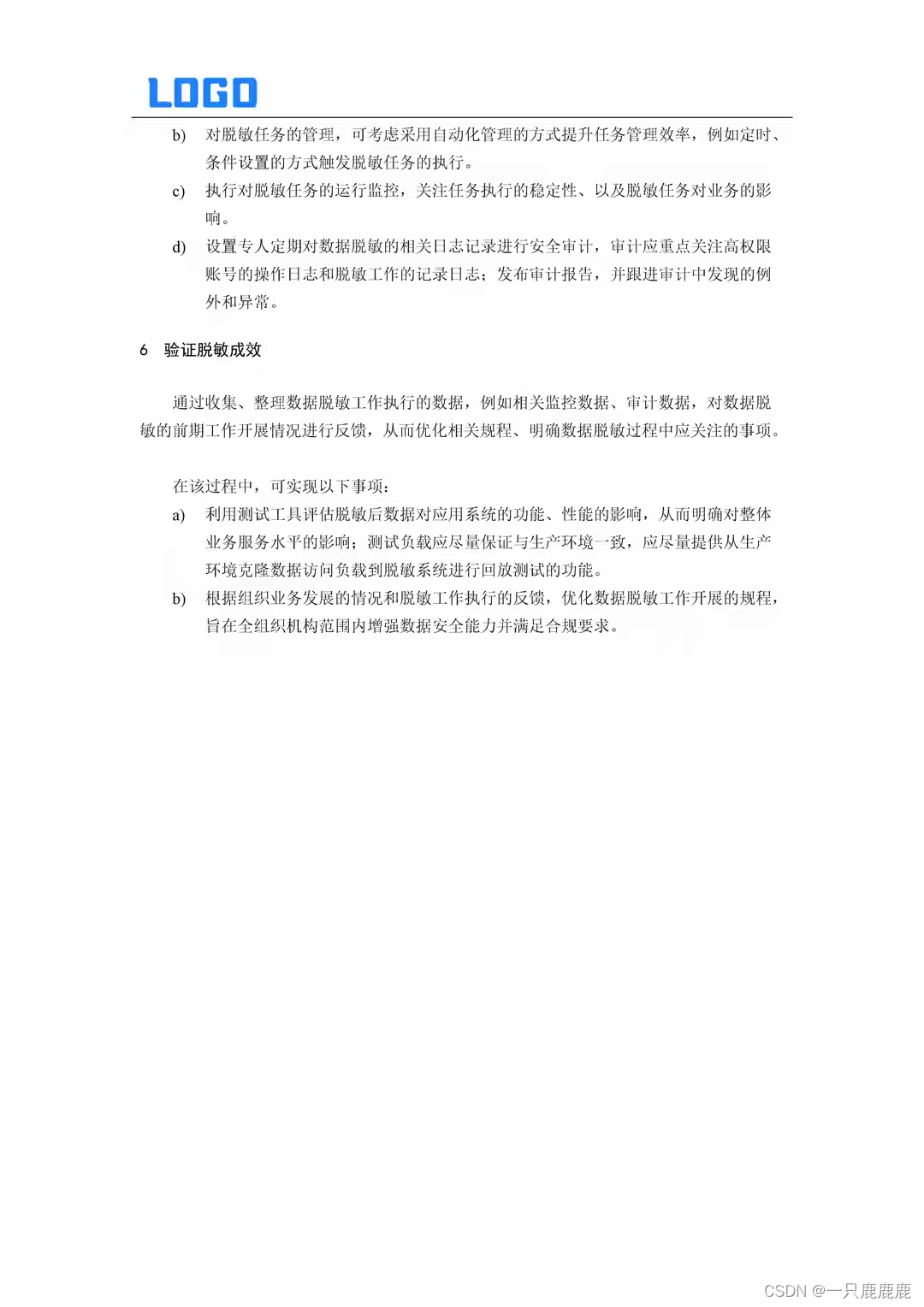




![[Algorithm][动态规划][01背包问题][模板 背包][分割等和子集]详细讲解 +何为背包问题?](https://img-blog.csdnimg.cn/direct/d35766dbcdb7483681d99e9b3ba83230.png)




